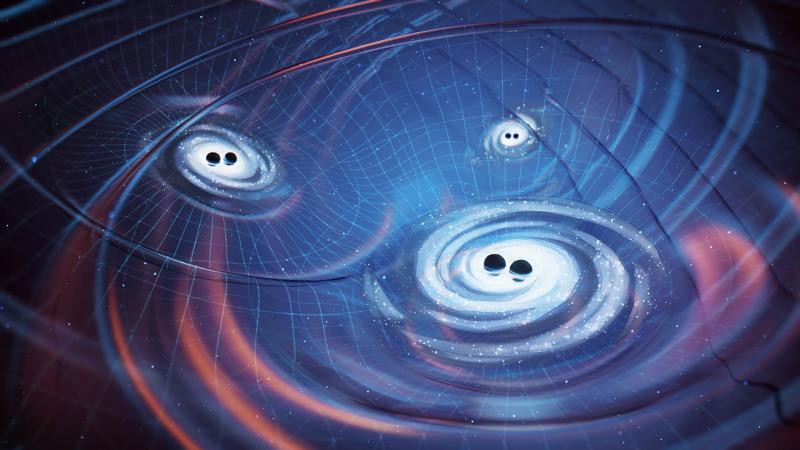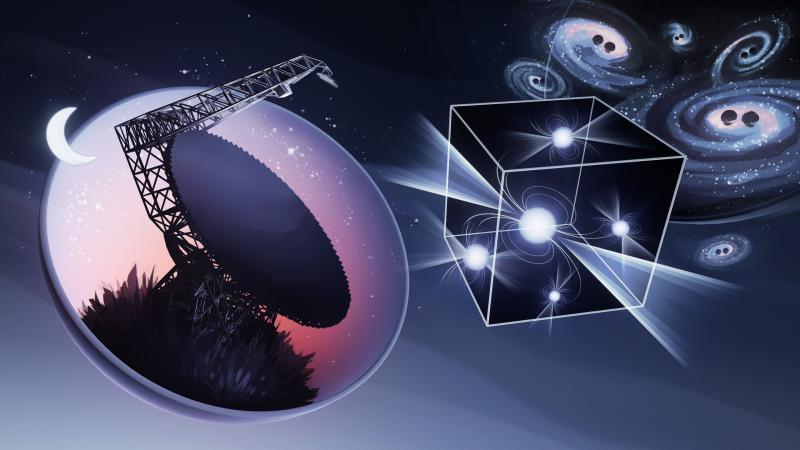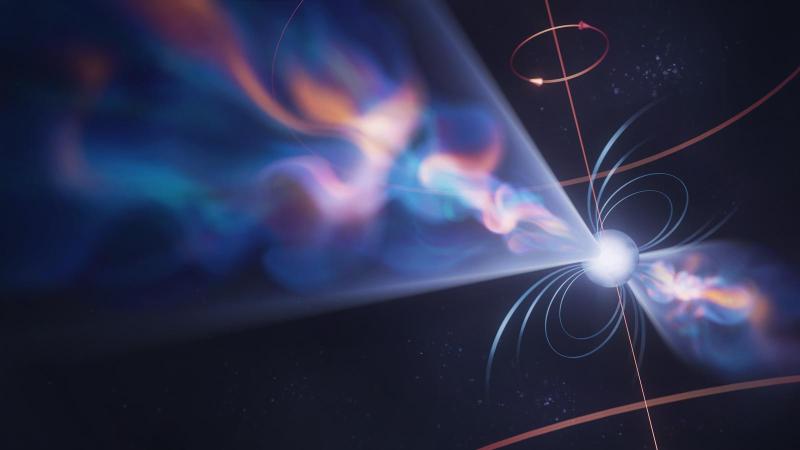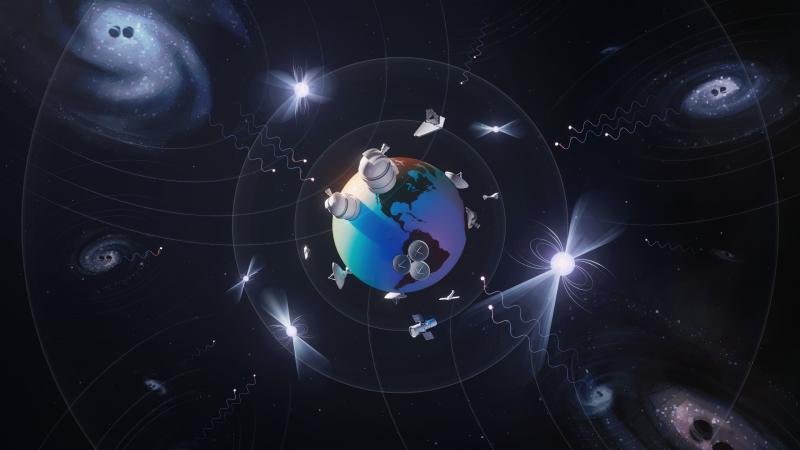When massive bodies like black holes accelerate, they give off energy in the form of gravitational waves. As gravitational waves travel through the universe, they stretch and squeeze spacetime, but the effect is tiny (only around one part in 1,000,000,000,000,000) which makes them very difficult to detect. Gravitational waves carry information about the sources that produced them, and are particularly useful for studying sources that cannot be seen using light.
Более 50 провайдеров качественных азартных игр предоставляют вам доступ к 5000 автоматам со всего мира! Эта коллекция игр от Вавада уже ждет вас на официальных зеркалах. Выбирайте топ слоты 2024 года по значку “HIT” и запускайте партии на сумму от 50 копеек!
As with light waves, gravitational waves are emitted over many orders of magnitude in frequency. Gravitational wave detectors operate by searching for changes in light travel time due to spacetime being stretched and squeezed by gravitational waves. Just like we need different types of telescopes to observe the entire electromagnetic spectrum, we need different types of gravitational wave detectors to observe the entire gravitational wave spectrum. Pulsar timing arrays are sensitive to low-frequency (i.e., long period) gravitational waves. These are gravitational waves with frequencies of order nanohertz, which corresponds to periods of months to decades. This is much lower in frequency than what can be seen by ground-based interferometers like LIGO or space-based interferometers like LISA. Hence, pulsar timing arrays are sensitive to completely different types of sources than other types of gravitational wave detectors. Pulsar timing arrays are therefore opening a new window on the gravitational wave universe.




